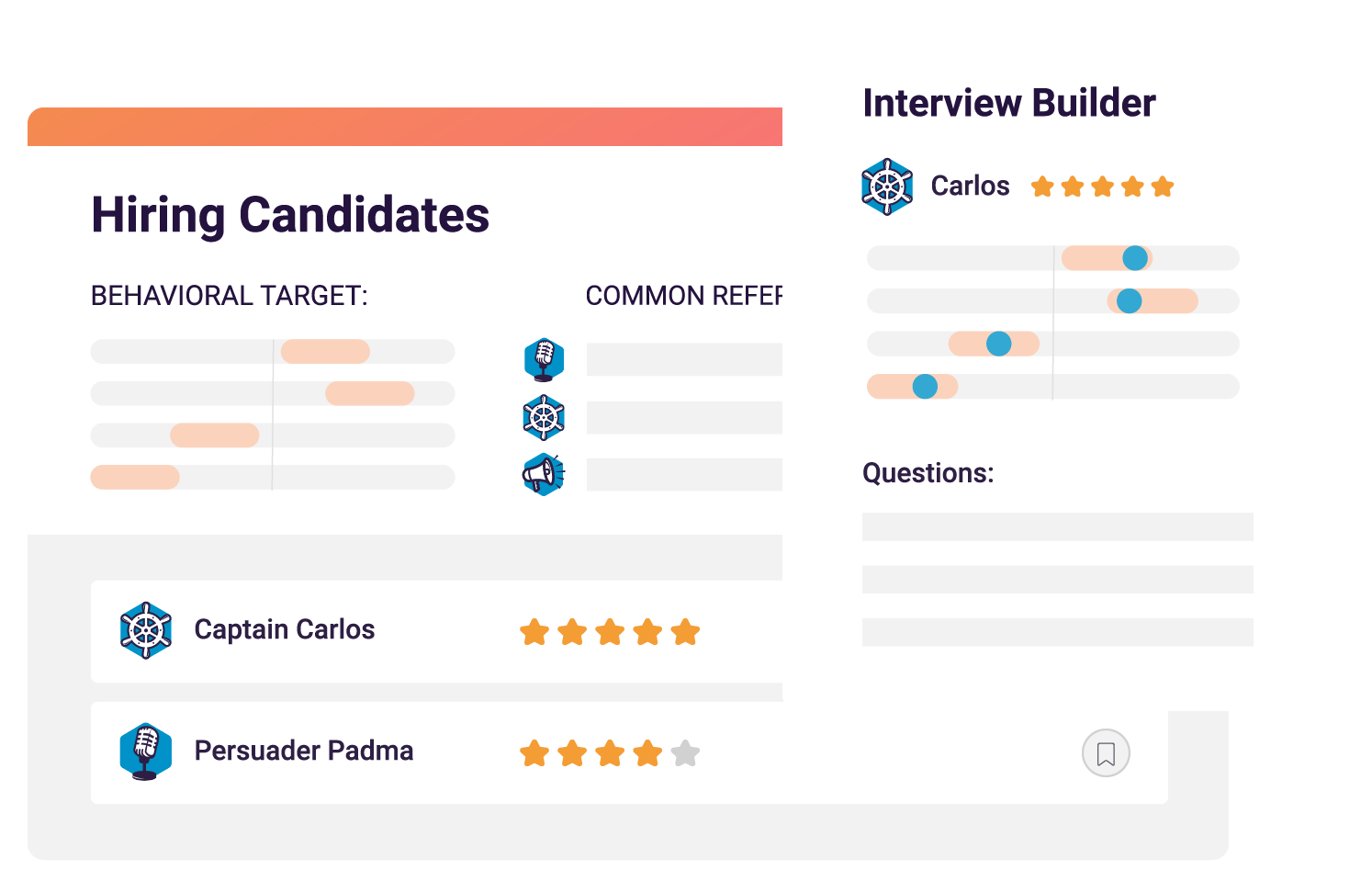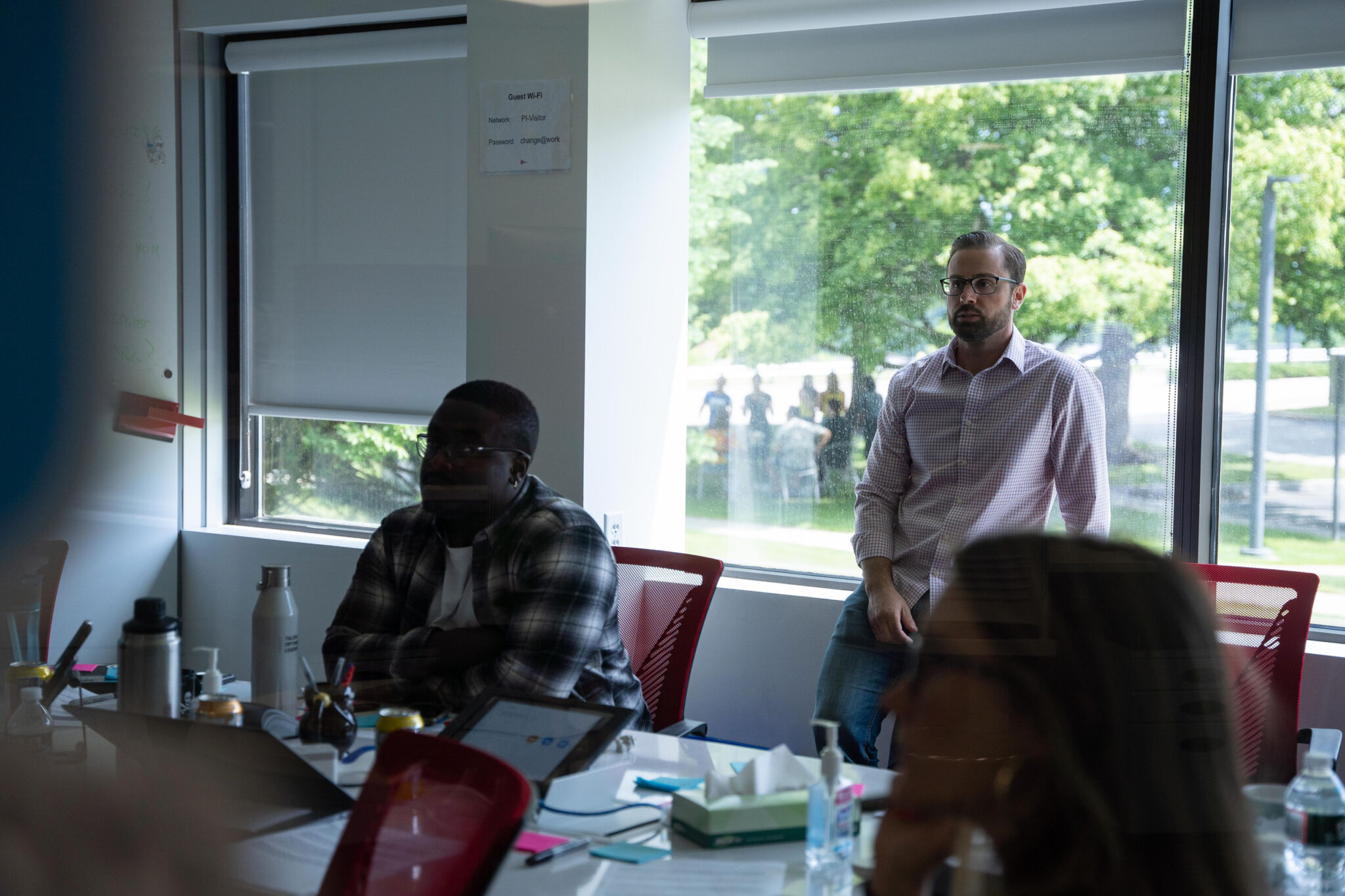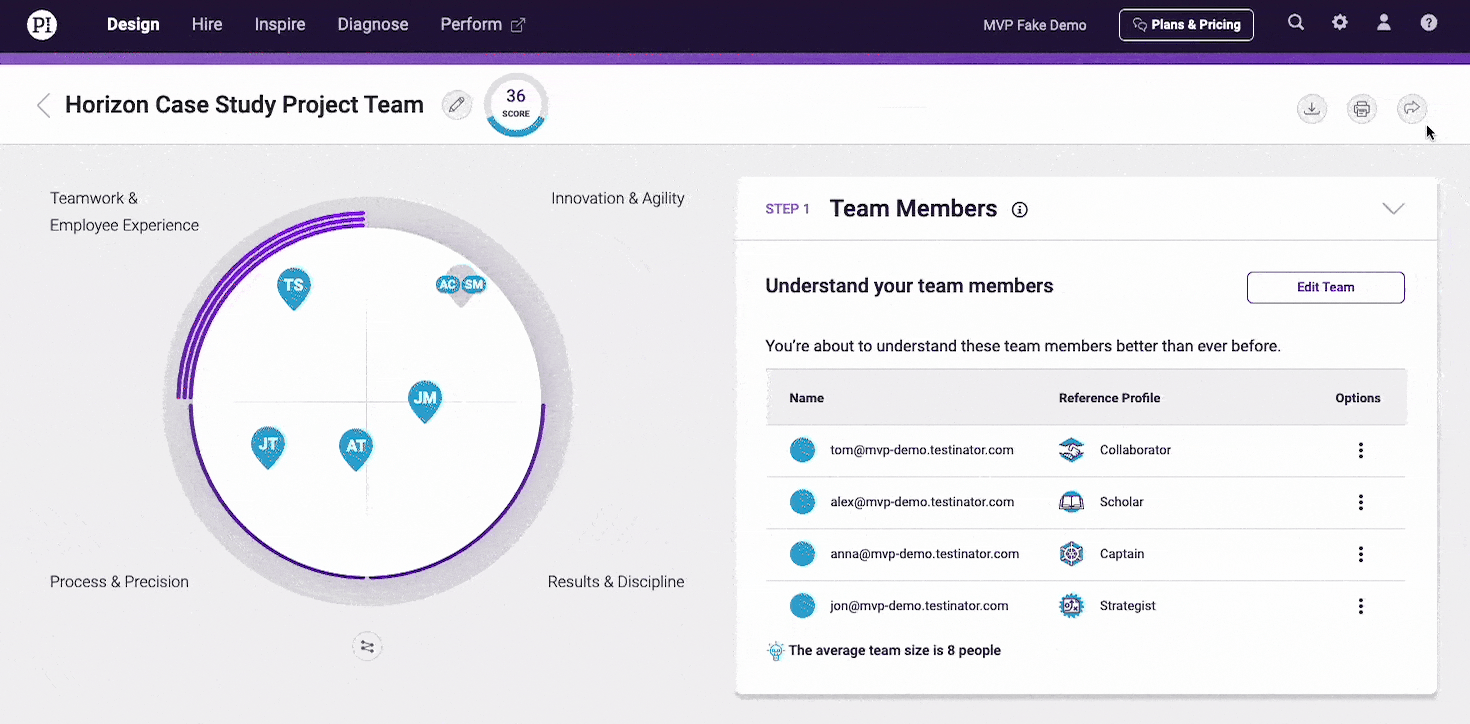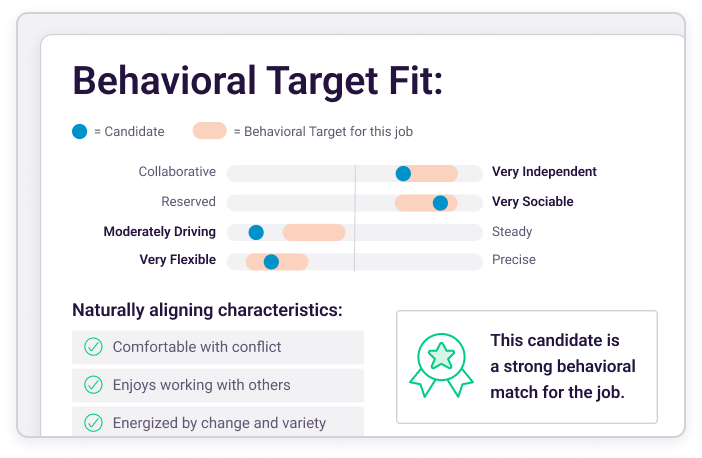Recently, I had a client come to me very upset. She had begun working with two people who both had a Predictive Index behavioral pattern almost identical to hers and she said, “Melanie, please tell me I don’t come across like those two!” Unfortunately, what I couldn’t tell her was that the descriptions she gave me were identical to how many of her team members actually described her. She was looking in a mirror and did not like what she saw. It took stepping out of her own self to be able to see it. At that moment, she vowed to make changes.
Most of us have become rather comfortable with ourselves and our actions. The motivations behind our actions come from the right place, in our own minds, but are those actions perceived the way we intend for them to land on our team members? The whole concept of “sender-receiver” can fall short when we are unaware of how differently the other person may interpret our words and actions.
Finding ways to tap into the way you are truly perceived by others can be an invaluable growth opportunity—not to mention a powerful engagement tactic when you involve your team.
Step 1: Start by honestly assessing yourself.
How do you deliver messages? Can you be abrupt and direct? Are you overly verbose? Do you provide clarity or are you vague; expecting others to fill in the blanks? Do you talk with your team or at your team? Whatever the case may be, dig deep and think about your daily interactions with employees and team members. How and who these types of direct and indirect messages are being delivered to matters greatly because of differences in perception.
Step 2: Assessing the differences between you and your team members and colleagues.
When was the last time you compared your workplace behaviors to that of your team? Have you done a comparison and assessed the differences? Write down the differences and compare and contrast these relationships, as these affect workplace relationships most directly.
Step 3: Gather insight and perspectives from peers and team members.
Reach out to team members and/or friends and family and have an honest conversation about your style. Explain that your ultimate goal is to more thoroughly understand how your style is perceived and ways in which you can develop as a person and team member. Do not rely only on those with who you connect or know well. Sometimes those people do not fully understand can provide the most perspective.
Ask them to share with you a few thoughts about how you come across to them. Make it a safe environment; you can tell them all to go type and print a few thoughts and drop it in a box if you feel they will provide more honest statements this way). Tell them you will have a follow-up meeting in 1 month to discuss if they have seen any noticeable changes in your delivery. Tell them it’s an ongoing process and your goal is to make it a healthy, encouraging, and productive environment for everyone.
Create a safe environment for input. This is not a time to defend yourself. Just listen.
Join 10,000 companies solving the most complex people problems with PI.
Hire the right people, inspire their best work, design dream teams, and sustain engagement for the long haul.
Step 4: Spend the month being more aware of yourself and your actions based on the results and discussions.
Pay attention to the PI of your receivers and make adjustments where necessary. If you feel comfortable enough to have people point out negatively perceived actions in the moment, do so! There’s no better way to become aware than to have it presented as the action is happening. Be open. Allow growth and watch as your team becomes more engaged and more productive. After the month is up, gather the team and discuss!
“When you’re looking in the mirror, you’re looking at the problem. But, remember, you are also looking at the solution.” – Anonymous








